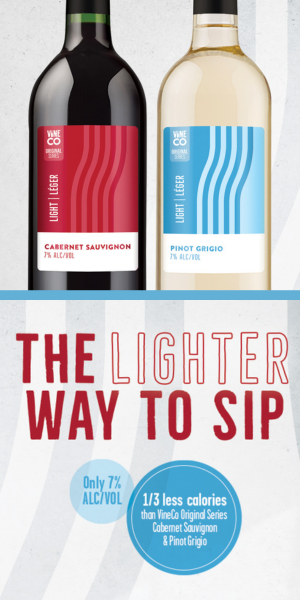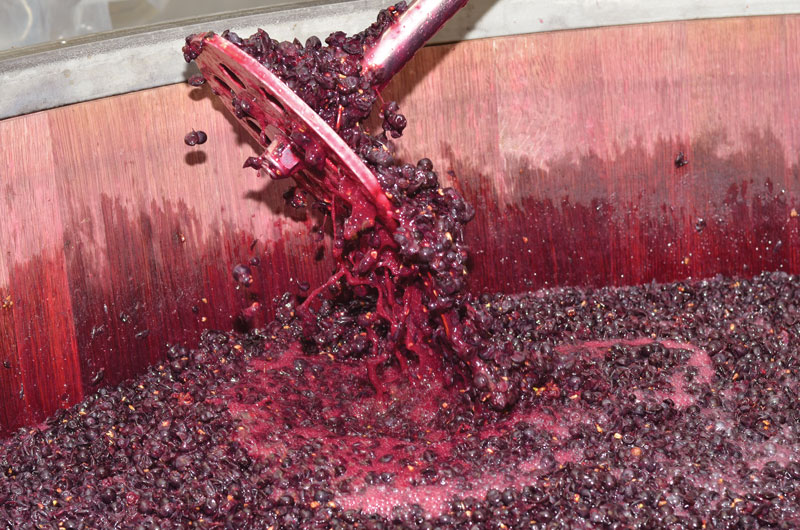Greetings from right here in Napa! Like you, I bundled up a bit more this past winter and kept a close eye on cellar temperatures — it was definitely one of our chillier stretches.
Your question is a great one: How cold is too cold for wine aging? The short answer is that most wines, particularly reds, are happiest aging in the low-to-mid 50s °F (10–13 °C). That range supports a slow but steady development of structure, color, and aroma. If your winery or garage space has been dipping into the low 40s or even 30s °F (low single digits Celsius) during those especially cold nights we had this winter, you’re right to wonder whether your wines might need a little more warmth.
That said, cold doesn’t necessarily hurt your wine; in fact, it can help slow things down and prevent spoilage. The bigger concern is if your wine is still undergoing malolactic fermentation (MLF) or some other active stage, in which case those colder temperatures can stall things out. If you haven’t already seen MLF finish or your wine hasn’t gone dry yet, chilly conditions can really hold things up.
Rather than heating the whole building (which, as you’ve probably guessed, can be both energy-intensive and expensive) I’d recommend thinking more strategically. Depending on how many barrels or tanks you have, and how your space is laid out, you might be able to consolidate your wine into a smaller room or corner and just heat that zone. A well-insulated side room with a space heater and a fan for circulation can often do the trick.
If you’re working on a very small scale, say with a few carboys, barrels, or stainless tanks, I’ve seen (and have used!) low-wattage electric blankets, fermentation heating wraps, or even greenhouse-style seedling mats to gently warm just one bucket or carboy. It’s a great little home winemaking hack that avoids the need to run a heater 24/7. Of course, safety first — keep cords dry, avoid overheating, and monitor with a thermometer. You want to take the chill off, not cook your wine!
If you are considering insulating or heating a larger space in the long term, I’d suggest checking out some winery-specific energy efficiency resources. Your local electric utility may have some helpful programs and tips for agriculture and small-business customers, and the U.S. Department of Energy’s Better Buildings site offers ideas for thermal efficiency and smart zoning strategies. Even something simple like adding foam board to exterior walls or using insulated curtains over roll-up doors can make a big difference in how your building holds heat through the winter months (and can have the added benefit of keeping it cooler in the summer).
The good news? You made it through the worst of the chill, and now the season has turned in your favor. Still, it’s never a bad idea to prepare for next year’s chilly season. I’m sure many of our fellow readers in much, much colder parts of the world are laughing a little bit at us, as Napa only ever sees a few days per year of real frost and we only ever see snow on our local mountain tops once every few years. That doesn’t mean we don’t all need to solve the same problems of giving our colder fermentations a few gentle heat nudges now and then.




